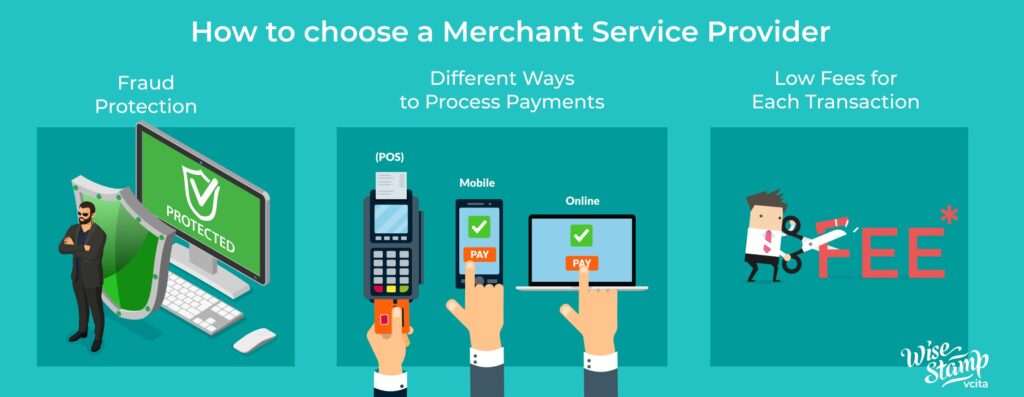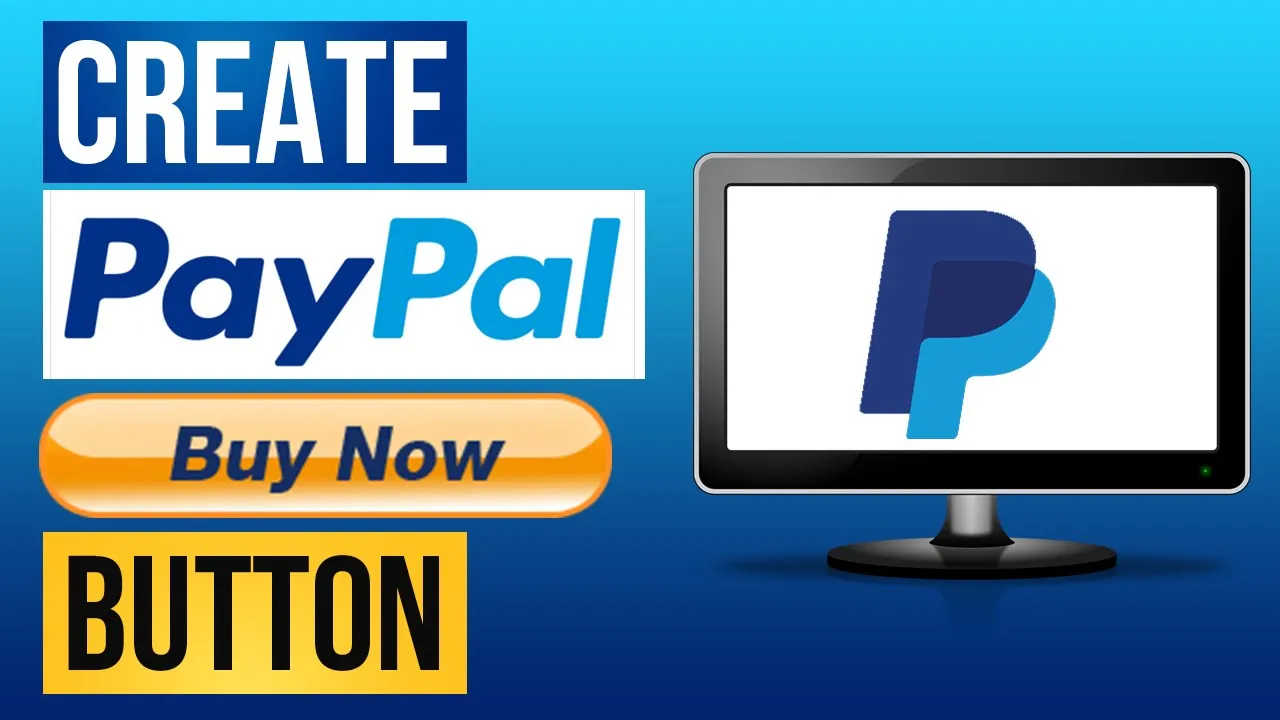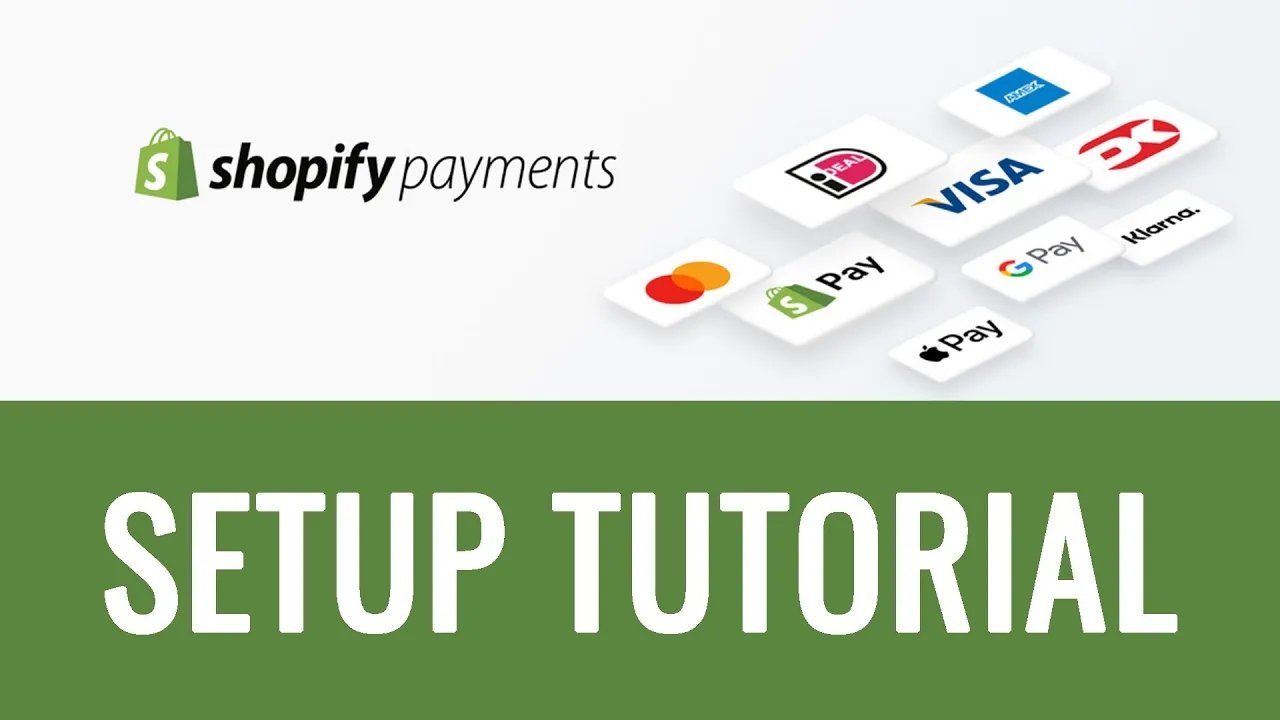How to accept payments on my website (2024)
Integrate accepting payments on website such as credit card & debit now. Set up a payment gateway on your website with the following options.

In this article, we explain how to integrate credit card processing into a website. We’ll go through the various payment methods and the benefits of integrating them into your website. We’ll also cover some notable options that you DO NOT need to have on your company’s website.
The increasing popularity of online shops proves that digital purchases will continue to grow. E-commerce has brought about a fundamental change not only in the marketing activity and sales process but also in the business model.
Mobile payments are becoming more common and the use of debit and credit cards for online shopping is already the most popular way for people to pay for products and services.
Companies that are upgrading to offer their customers online payment options can grow and expand much faster and expand their user base geographically. Those that react slowly, and are late to adopt online payment will very likely get left behind.
How to accept credit card payment on your site starting this week
Every small business today should accept online and mobile credit card payments in a safe and secure way no matter if they are an e-commerce store or physical business that provides a service. It makes your life and your customers’ lives so much easier. Here’s how to get started.
The most obvious and intuitive way to accept online payments is to accept credit cards and on your business’ website. In order to accept credit card payments on your site, you need the following:
1) Choose a website or e-commerce platform
A website or e-commerce platform for customers to go to when making purchases. If you use an online marketplace platform like Etsy or eBay, it will offer you to connect your Etsy or eBay shop to an online payment processor like Paypal.
2) Setup a secured gateway
A secure payment gateway that encrypts credit card payments so customers can feel secure using your site to make purchases.
3) Add a merchant account
A merchant account to process online payments
There are a variety of online payment processing tools that come with both a secure payment gateway and help you set up a merchant account to process online payments.
Why should I accept payments online?
1) Your customers prefer it
Online payments are growing in popularity, and it’s easy to see why. Paying online is faster and more flexible. It supports multiple currencies and allows your customers to have more options for payment. The average American consumer has 2.6 credit cards. It’s important that your business can accept payments from each of them.
2) It improves your cash flow
The beauty of online payments is that the processing is extremely fast, which is great for your business’s cash flow. Unlike checks, which can take up to 10 business days to clear, credit card payments are processed instantly. The money clears from the customer’s account and gets deposited to yours within an average of one to two business days.
3) It protects against theft or fraud
Unlike cash, credit card payments can be reimbursed if you experience any sort of theft in your merchant account. Granted, there are more security risks with accepting credit cards. But you can recover losses from fraudulent charges through your merchant service provider (again, make sure you choose one with fraud protection).
4) Online payments are easier to measure
Most credit card payment processors will offer really helpful analytics reports based on your transactions. These insights help you measure the types of payment clients use the most, how long it takes clients to pay, and the average amount they spend with your business. And when tax time rolls around, credit card reports are a huge help when you file!
What are payment gateways and how to choose the right one
Payment gateways allow online merchants to accept payments through integration between their website’s e-commerce systems and credit card companies. Merchants use payment portals to accept electronic payments and process credit and debit cards.
When a customer wants to make a payment on your website the payment gateway directs them to complete the payment on their platform off-site and redirects the customer back as soon as the process is complete.

In more technical terms, Payment Gateways allow you to accept card payments in your website by processing credit card payments at the point of sale (PoS) by seamlessly integrating their advance payment processing on your web page. The host of the payment gateway takes over the transaction itself from your website via a payment platform or a processor.
Payment gateways offer greater control over security, rules, and customization. These are highly recommended in order to achieve an easy-to-use e-commerce store since they eliminate much of the complexity of accepting payments.
The gateway you choose is important considering that 75% of retail customers give up their shopping basket during the purchase process. Which gives these systems a major influence on your bottom line.
Choosing the right payment portal can be determined by the currency you accept, the transaction fees, how quickly money enters your merchant account, and the payment method you offer.
Offering different payment options to your customers is an excellent way to keep them happy. Before we get into the details of the integration of payment gateways, let us see which types of payment transactions exist and, depending on your company, whether you want to select a specific one for your e-commerce website or your e-commerce portal.
Most popular payment gateway and merchant account tools:
It’s important to keep in mind that each of these solutions makes its money by charging you, the merchant, fees. The fees will not be felt by your customer, which is very important. But it’s a good idea to research each payment processing solution to find out their fees and their payout schedule—find out how quickly you’ll receive the money.
How to choose a merchant service provider
The first step is to choose a merchant service provider to set up your merchant account. Merchant service providers are companies that give you the ability to process credit and debit card payments for your business’s goods and services. There are a lot of different merchant service providers to choose from, so it’s important to make sure that the one you choose offers these:

- Fraud protection
- Different ways to process payments- online, mobile and point of sale (POS)
- Low fees for each transactionIt’s important to choose a merchant service provider that meets your business’ specific needs.
Once you’ve chosen the merchant service provider that you like best, you then need to open a merchant account with them in order to start accepting payments through their service. Once you are all set up with your merchant account, you need to sign up for an online payment gateway like Stripe or PayPal.
These services process your clients’ and customers’ payments for you with the credit card issuers (Visa, Mastercard, American Express, and more). In return, they charge you, the business owner, a fee for each transaction. But, don’t worry, they do not charge your customer!
There are many online payments services out there, each offers different benefits and plans, the main ones are
What are the best online payment services?
- PayPal.
- vcita
- Stripe
- Amazon Payments
- WePay
- Dwolla
- Braintree
- WePay
- 2Checkout
Ecommerce online payment options
If you’re in the services industry and looking for an easy way for customers to pay their bills online, you don’t need a fancy full-service merchant account or custom payment portal for your business. Instead, we recommend you use one of the various shelf payment gateway solutions.
These solutions can make it easy to accept card payments such as Visa, Mastercard, American Express, etc.
1. Shopify
Shopify is a popular e-commerce platform that makes it easy for small, medium, and big companies to sell products online and accept credit card payments through a platform without the need for an external service provider.
If you build your website with Shopify, you get your payment gateway included. And if you are purchasing Shopify’s premium pricing plan, it is much easier to install and set up a seamless and faster checkout method for your customers using Shop Pay, at no additional cost.
Shopify is a great way for eCommerce companies to accept credit cards because it combines payment processing with e-commerce tools such as drag-and-drop stores, shipping solutions, and inventory management.
Video: Shopify payment gateway setup tutorial:
2. PayPal
PayPal offers the processing of all common credit and debit cards via its gateway and can also make payments by itself using various other methods.
Video: PayPal payment gateway setup tutorial:

3. Square
Square makes it easier for small businesses to accept payments by offering a few different solutions without a contract.
Video: Square payment gateway setup tutorial:

4. Stripe
Data security is a plus if you use Stripe as the backend payment processor for your website. Stripe offers tailor-made plans for Stripe that are tailored to your business needs. Their handling fees start at 2.9 percent (or $0.30 per transaction) for their integrated plan.
If you do not have a website, send a payment link to receive credit card payments via Square Checkout or set up recurring billing using the Square Invoice feature.
Video: Stripe payment gateway setup tutorial:

Payment processing fees
Payment processing fees average 2-3% and vary depending on how payment is routed from your credit card company to your business. You can accept payments in person, via terminals on the website, embedded in the cash register, or recurring invoices. This means that your company processes payments for other merchants for a fee.
While the associated fees can be a minor nuisance, there are costs and benefits to accepting card payments from your customers. There are clear drawbacks to making customers pay with credit, but that doesn’t mean they outweigh the positives.


